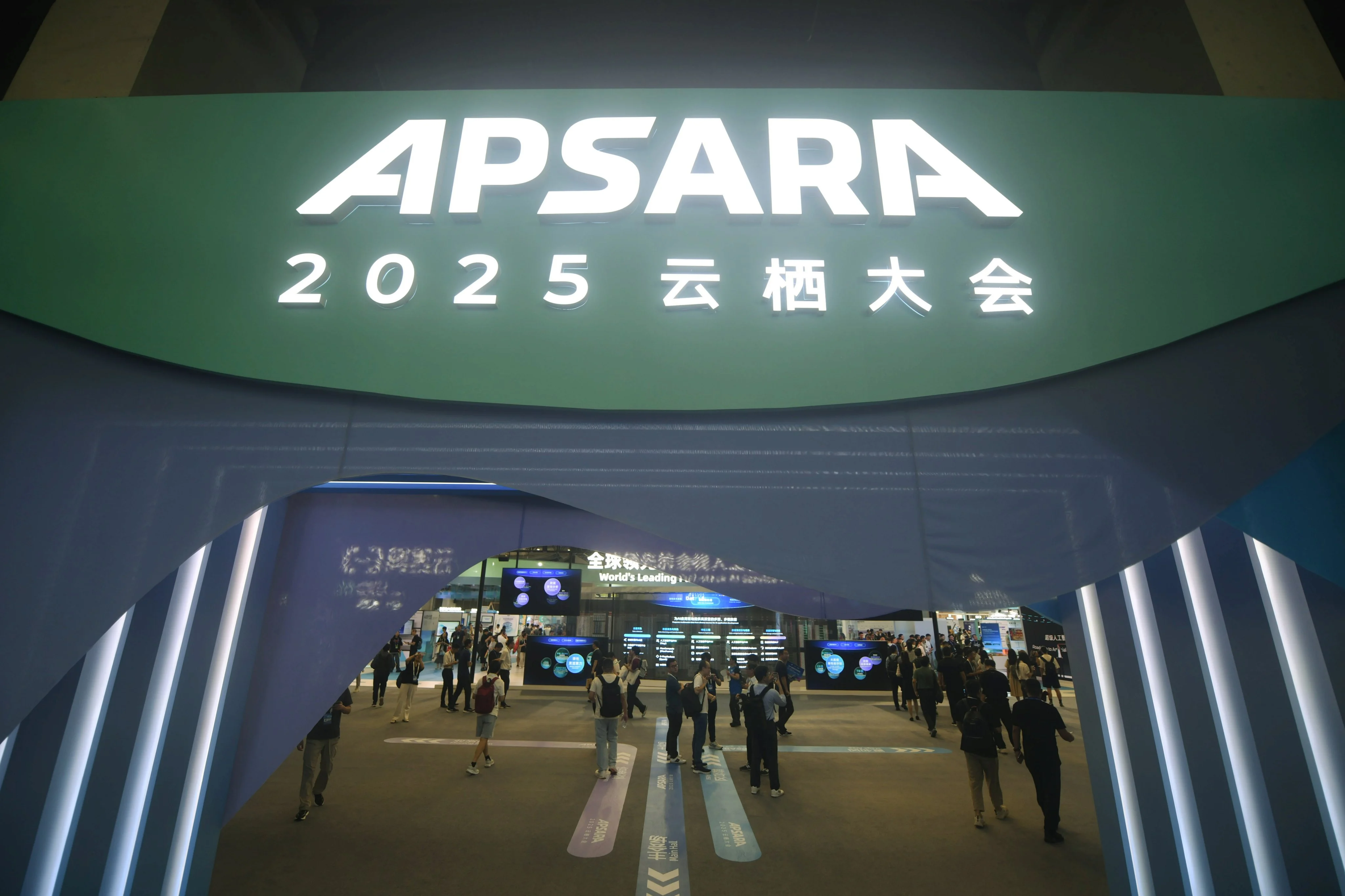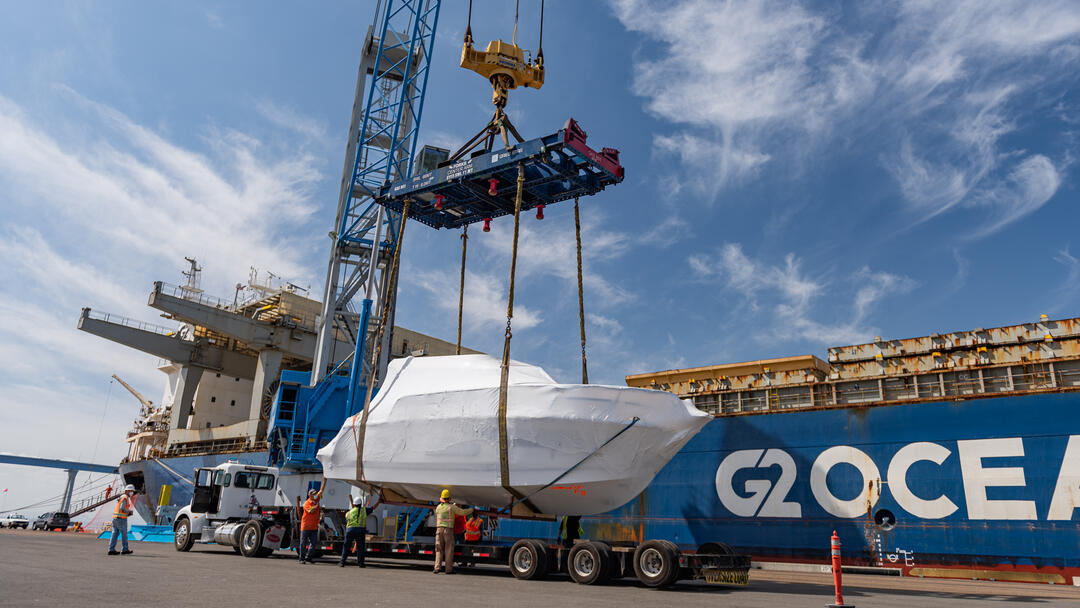By Vincent Chow
Copyright scmp

China’s full artificial intelligence technology stack was on display at this year’s Apsara conference, the annual gathering of Alibaba Cloud users and developers held every September in Hangzhou, capital of eastern Zhejiang province.
Downpours on Wednesday failed to keep crowds away following an opening speech by Alibaba CEO Eddie Wu Yongming, where he announced new AI infrastructure spending beyond the originally promised US$53 billion, sending the company’s shares to a four-year high.
Crowds swelled on the two remaining days despite temperatures reaching 35.5 degrees Celsius, as Alibaba Cloud users, developers and investors sought to get a first-hand glimpse of the technologies driving the company’s ambition to become a “leading global full-stack AI service provider”.
These included AI hardware, applications and foundational models – the respective themes of this year’s exhibition halls – which totalled 40,000 square meters in area. Alibaba owns the Post.
According to Beijing-based tech analyst Poe Zhao, who attended the conference, this year’s exhibits were centred around AI applications instead of large language models, which was last year’s focus. “My main takeaway was that large language models have sort of become a foundational infrastructure,” he said.
In the AI applications hall, companies from different industries showcased their AI agents – AI systems that autonomously carry out tasks – built on Alibaba’s open-source Qwen family of models.
The biggest sections were dedicated to hard tech use cases such as electric vehicles and robotics, with Beijing-based Li Auto showcasing a sedan installed with what was claimed to be China’s first “in-vehicle” AI agent capable of ordering coffee for its passengers with a simple voice command.
Alibaba spin-out Banma introduced its smart vehicle solution powered by the multimodal Qwen-Omni model, the latest version of which was released on Tuesday.
A robot from Beijing-based start-up Galbot, backed by the Hong Kong Investment Fund, handed out refreshments to visitors, while a makeshift boxing ring with a padded robot set up by the Hangzhou-based start-up Unitree Robotics proved the most popular among families.
AI’s disruption of traditional industries in China such as healthcare was also evident, with Tencent Holdings-backed WeDoctor transforming from an online healthcare platform to being “fully AI-native”, according to a technical staff member surnamed Huang.
Liu, a mother who only gave her surname, said she brought her 5-year-old daughter to the conference to “get her familiar with AI”. Alibaba’s goal is for Qwen, the most popular open-source models in the world, to be the “operating system” of future technologies, akin to Android, and its cloud services to become the next computer, CEO Wu said on Wednesday.
Meanwhile, AI companionship robots proved a hit among parents, with Zhuhai-based start-up Autoark showcasing a multi-modal doll for toddlers called Qiduoduo. According to its marketing slogan, the doll can help boost preschool children’s chances of getting into universities such as Tsinghua University, Peking University and Harvard University.
Binding these developers to its cloud infrastructure is part of Alibaba’s strategy to capitalise on the popularity and strength of its open-source models – a so-called “razor-and-blade” business model, said analyst Zhao.
A China Central Television report ahead of the conference had suggested breakthroughs in Alibaba’s in-house chipmaking capabilities, causing hordes of people to rush into the dedicated exhibition hall for computing infrastructure on the first day of the conference.
But the chip in question, an application-specific integrated circuit called PPU, was not on display, so disappointed visitors instead decided to check out the Panjiu AI Infra 2.0, Alibaba’s newest server, which holds up to 128 chips per rack.
Major state-backed firms such as China Mobile, State Grid and ZTE were also present, showcasing their collaborations with Alibaba Cloud. Song Teng, a product manager at ZTE, said demand for cloud infrastructure would only grow in China as AI becomes more widely adopted across the country.
“Previously, it was the big internet companies and the government that needed data centres and computing clusters. Now it’s becoming increasingly common for small and medium-sized enterprises to need compute – to deploy AI models for instance,” he said.
Beijing has set targets for AI to become a US$100 billion industry and for the adoption rate of “intelligent agents” to exceed 90 per cent by 2030. Its recently rolled out “AI Plus” plan also emphasises the importance of the open-source ecosystem for AI diffusion.
Sharing the same name as the government’s high-level plan was Apsara’s exhibition hall for its foundational models, where the full suite of Qwen models was showcased, including the company’s biggest base model to date, Qwen3-Max.
Zhao Yuze, an algorithm engineer at Alibaba-backed developer platform ModelScope, said that Chinese-backed alternatives to leading open-source platforms like Microsoft-backed GitHub are needed to raise the profile of Chinese AI globally.
“Our country is now very technically advanced at AI, yet many developers and applications are not getting the praise they deserve overseas,” he said when asked why ModelScope had launched an international version earlier this week.
On Friday, leading AI benchmark firm Artificial Analysis said that Qwen3-Max was the most powerful non-reasoning model in the world, among both proprietary and open-source models.



